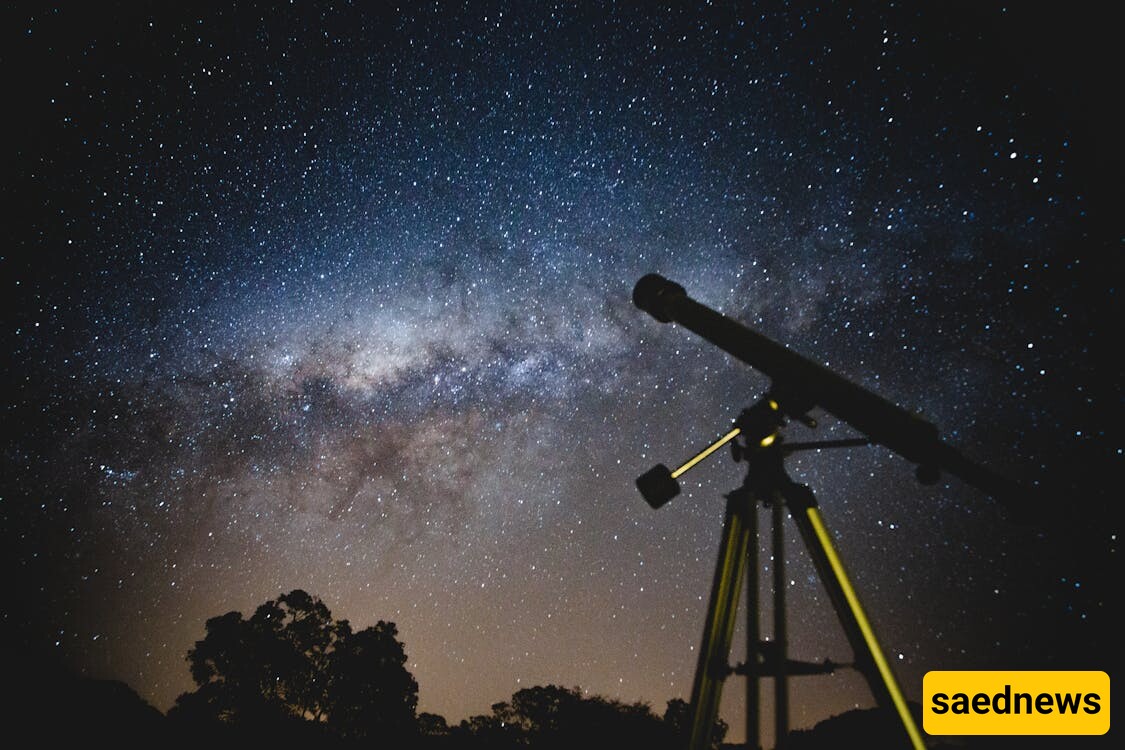SAEDNEWS: Spotting planets with the naked eye is simpler than you think. With clear skies and a bit of guidance, you can observe celestial wonders like Venus, Jupiter, and Saturn from your backyard.

According to SAEDNEWS, astronomy is not just for telescopes. Some planets are bright enough to spot without any equipment. Learning to recognize planets among the stars can deepen your appreciation for the night sky and connect you to the wonders of our solar system.

Planets differ from stars in several ways. They shine steadily without twinkling, thanks to their proximity to Earth, and they often follow the ecliptic—the Sun’s apparent path across the sky. Understanding these traits makes them easier to identify.
Mercury

Visibility: Closest to the Sun, Mercury is tricky to see but visible shortly after sunset or before sunrise.
Tips: Look near the horizon when the sky is clear, usually during twilight.
Fun Fact: Mercury is often called the “elusive planet” due to its proximity to the Sun.
Venus

Visibility: Known as the "Evening Star" or "Morning Star," Venus is the brightest planet.
Tips: Spot it in the west after sunset or the east before sunrise.
Fun Fact: Venus outshines everything in the night sky except the Moon.
Mars

Visibility: Mars appears as a reddish dot, particularly bright during its opposition when it’s closest to Earth.
Tips: Look for Mars’ distinct color among white stars.
Fun Fact: The red hue comes from iron oxide, or rust, on its surface.
Jupiter

Visibility: Jupiter is the second-brightest planet after Venus and is visible most of the year.
Tips: It’s often one of the brightest objects in the sky, and its steady glow sets it apart.
Fun Fact: With binoculars, you might even glimpse Jupiter’s largest moons.
Saturn

Visibility: While dimmer than Jupiter, Saturn is still visible to the naked eye, especially during its opposition.
Tips: Look for a golden glow and steady light.
Fun Fact: Saturn’s iconic rings are only visible with a telescope, but its beauty shines even from afar.
Know the Best Times
Planets are easiest to spot during their "opposition" (when Earth is directly between the planet and the Sun) or when they are at their brightest. Use astronomy apps or calendars to track these events.
Clear Skies Are Key
A dark, clear sky away from city lights enhances visibility. Even minimal cloud cover or light pollution can obscure your view.
Use the Ecliptic
Planets stick close to the ecliptic line. Observing the Moon’s path can help guide you to the planets nearby.
Be Patient
Give your eyes time to adjust to the dark for better visibility of faint objects.
Use Reference Points
The Moon often aligns with planets, making them easier to locate.
Track Their Movement
Unlike stars, planets move slightly night by night, a phenomenon called "retrograde motion."
Seek Out Astronomy Apps
Tools like SkySafari or Star Walk help identify and locate planets in real time.
The planets appear as faint stars to the naked eye while Uranus and Neptune are technically visible under ideal conditions. A small telescope or binoculars is needed to distinguish them.
Spotting planets with the naked eye is a rewarding experience that requires minimal effort. You can explore the night sky and witness the beauty of our celestial neighbors by learning where and when to look. Take a moment to step outside, gaze upward, and connect with the universe.

